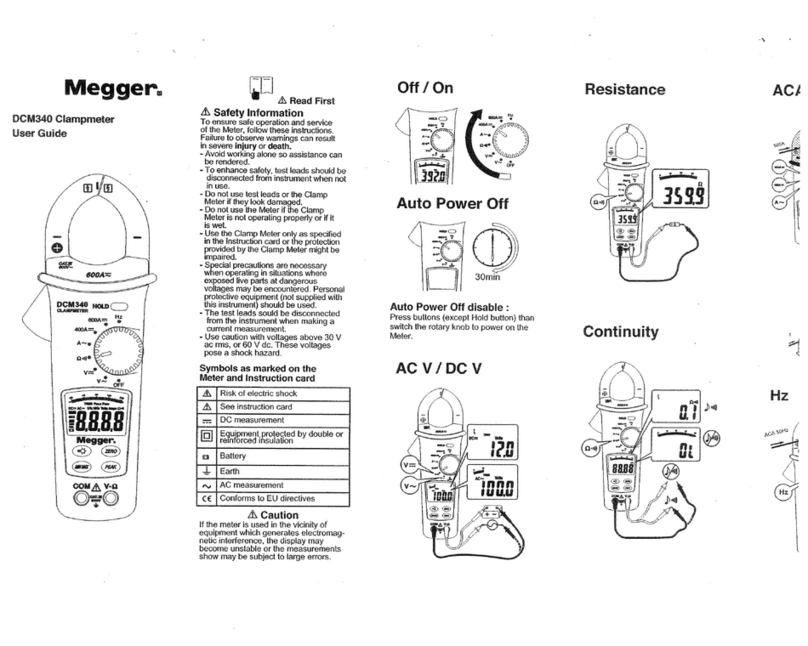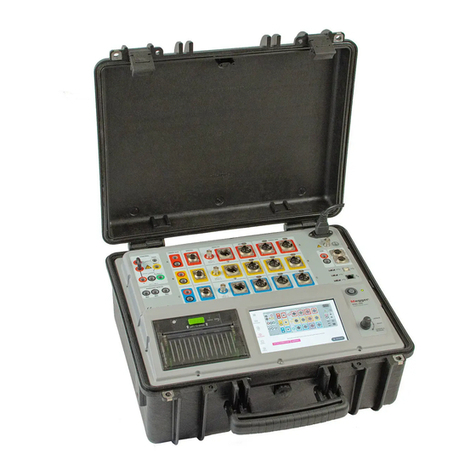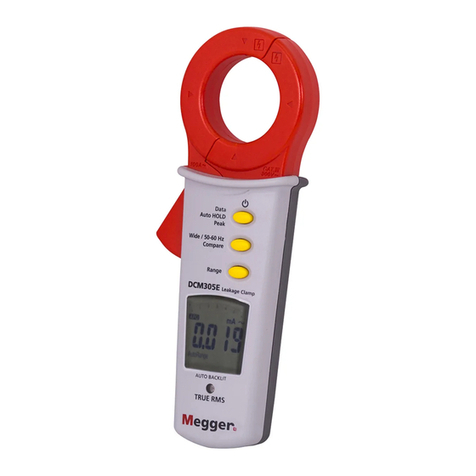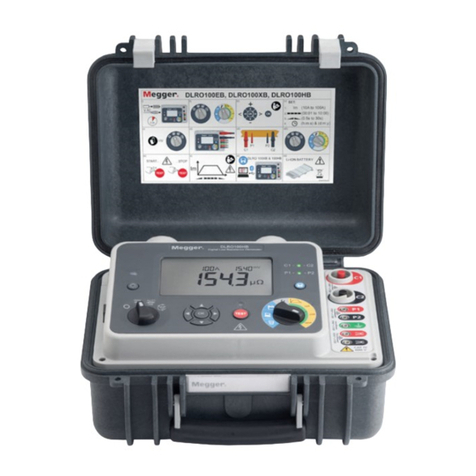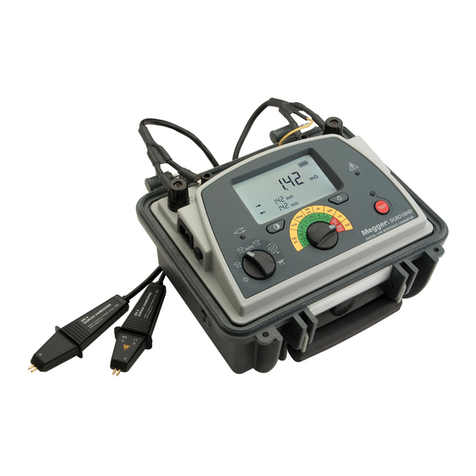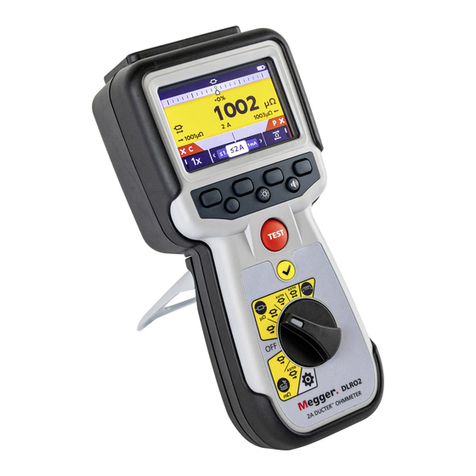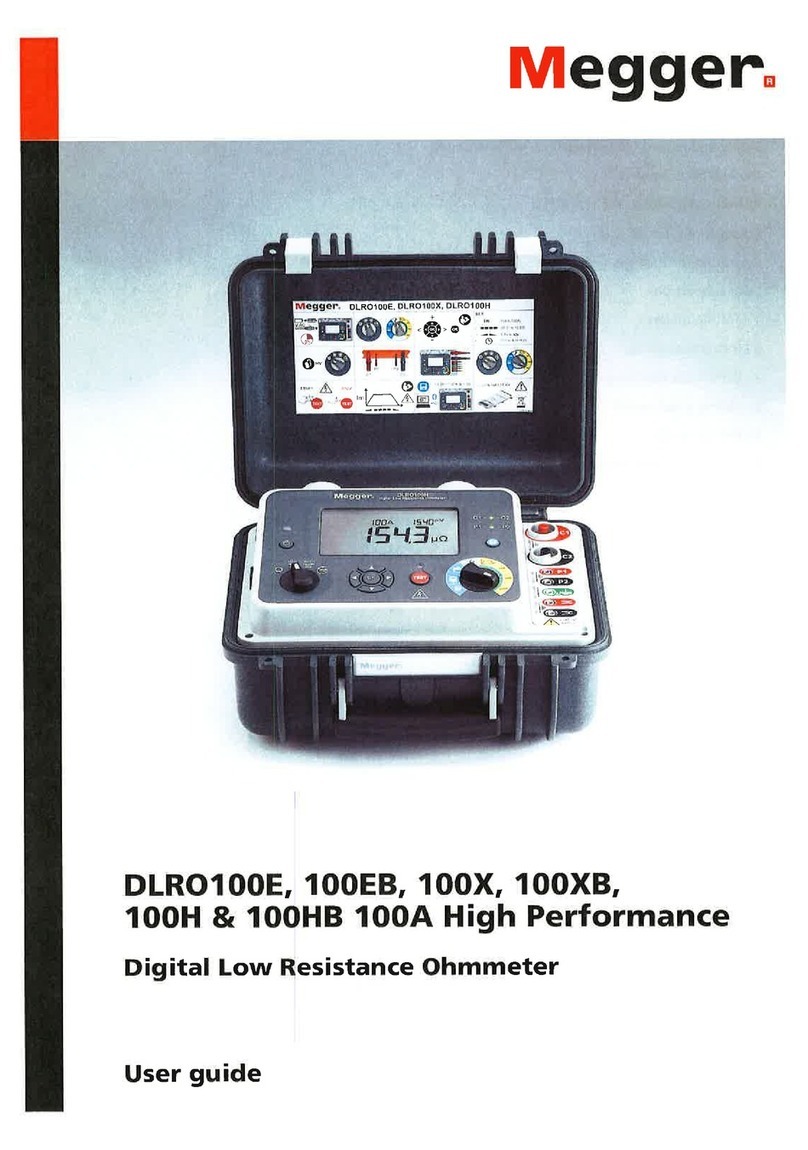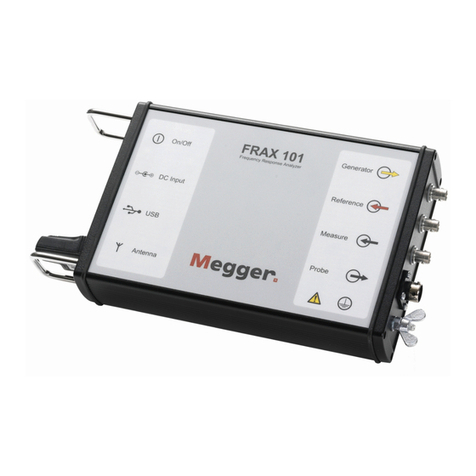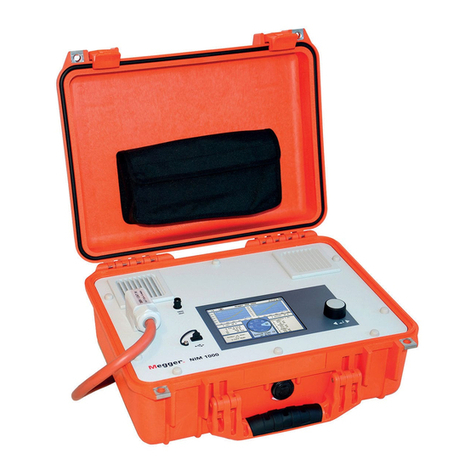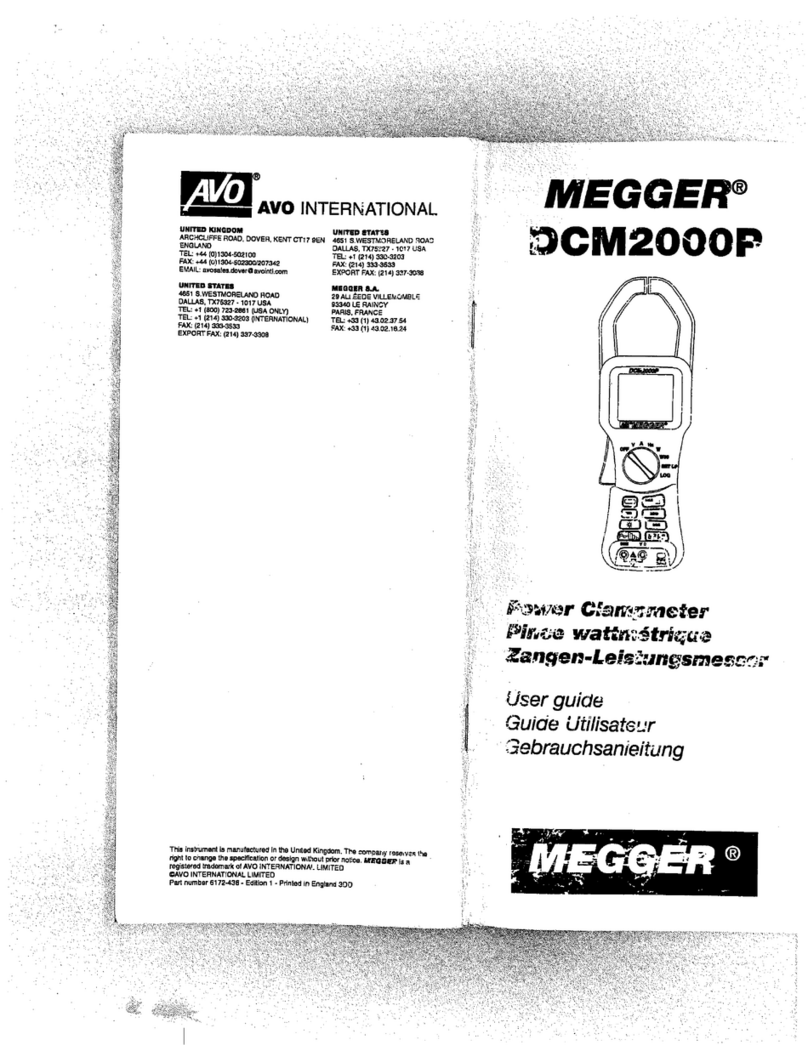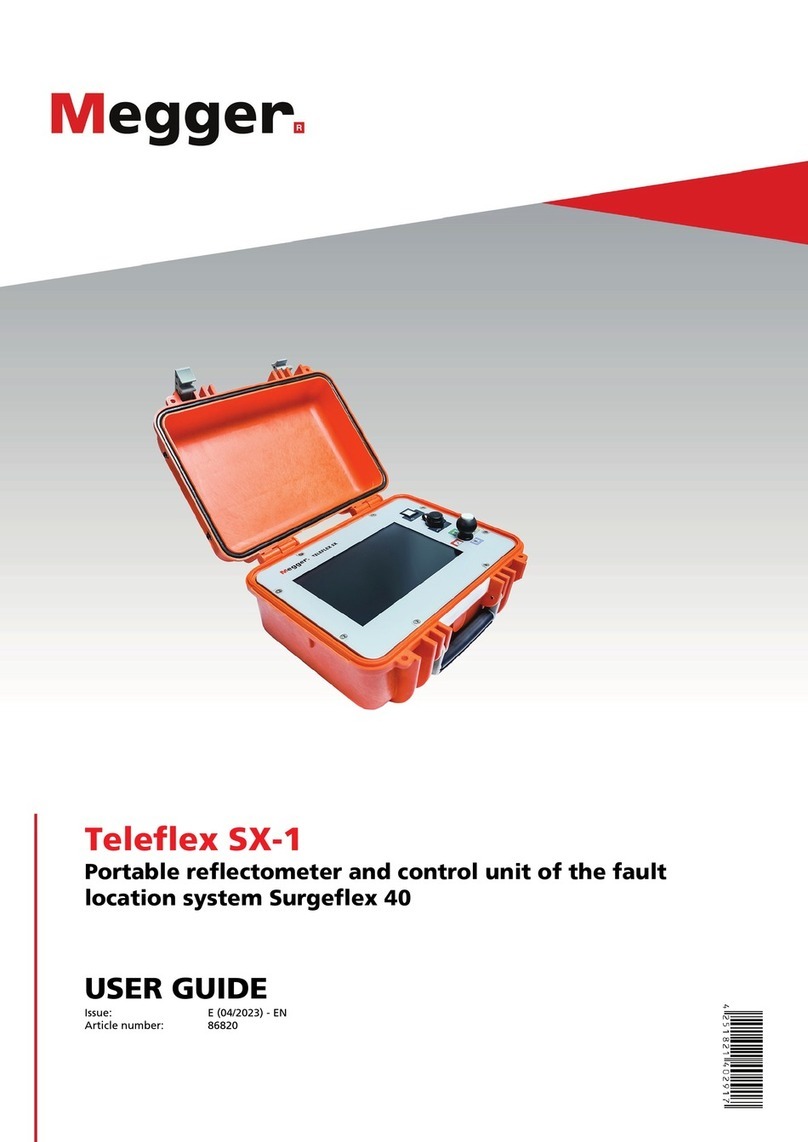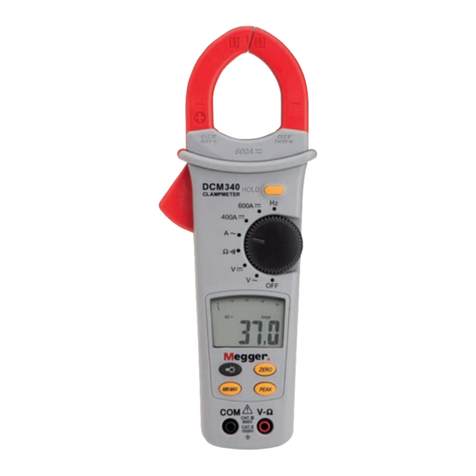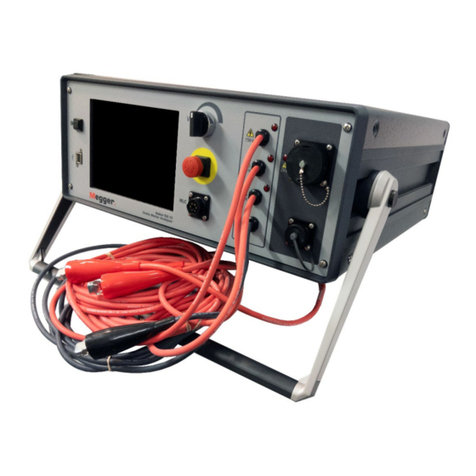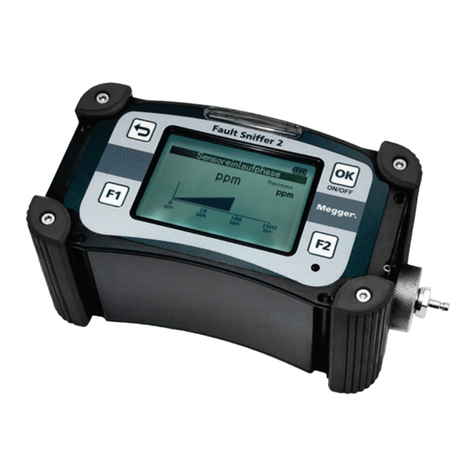
Megger KF-LAB
Mk II
3
Contents
Chapter 1 Introduction------------------------------------------------------------------------5
1.1 Instrument Description-----------------------------------------------------5
1.2 Principle of Measurement-------------------------------------------------6
1.3 Instrument Connections--------------------------------------------------- 7
Chapter 2 Safety Information--------------------------------------------------------------- 8
2.1 General Safety Points------------------------------------------------------8
2.2 Electrical Safety------------------------------------------------------------- 8
2.3 Solvent and Chemical Safety-------------------------------------------- 8
2.4 Recycling and Disposal----------------------------------------------------8
Chapter 3 Instrument Setup-----------------------------------------------------------------9
3.1 Receiving a Megger KF-LAB---------------------------------------------9
3.1.1 Packaging---------------------------------------------------------9
3.1.2 Checks-------------------------------------------------------------9
3.1.3 Location----------------------------------------------------------- 9
3.2 Connecting the Power Supply------------------------------------------- 9
3.3 Setting Up the Glassware-------------------------------------------------10
3.3.1 Glassware Assembly-------------------------------------------10
3.3.2 Connecting to the Megger KF-LAB-------------------------10
3.3.3 Filling and Changing Reagents------------------------------11
3.4 Loading the Printer----------------------------------------------------------13
3.5 Connecting a USB Device------------------------------------------------ 14
Chapter 4 Basics of Operation-----------------------------------------------------------15
4.1 Switching ON and OFF---------------------------------------------------15
4.2 Setting the Date and Time-----------------------------------------------15
4.3 Preconditioning------------------------------------------------------------- 16
4.4 Program Functions---------------------------------------------------------17
4.5 Programming a Method---------------------------------------------------18
Chapter 5 Running a Test----------------------------------------------------------------- 24
5.1 Example Applications----------------------------------------------------- 24
5.2 Water Standard Test------------------------------------------------------ 26
5.3 How to Run a Test--------------------------------------------------------- 26
5.4 Drift Rate Compensation------------------------------------------------- 28
5.5 Overtitration------------------------------------------------------------------29
Chapter 6 Results---------------------------------------------------------------------------- 30
6.1 Printout Explanation------------------------------------------------------- 30
Chapter 7 Results Manager---------------------------------------------------------------32
7.1 Description--------------------------------------------------------------------32
7.2 Installation---------------------------------------------------------------------32
7.3 Running Results Manager------------------------------------------------ 33
7.4 Display Explanation---------------------------------------------------------34
7.5 Closing and Uninstalling---------------------------------------------------36
